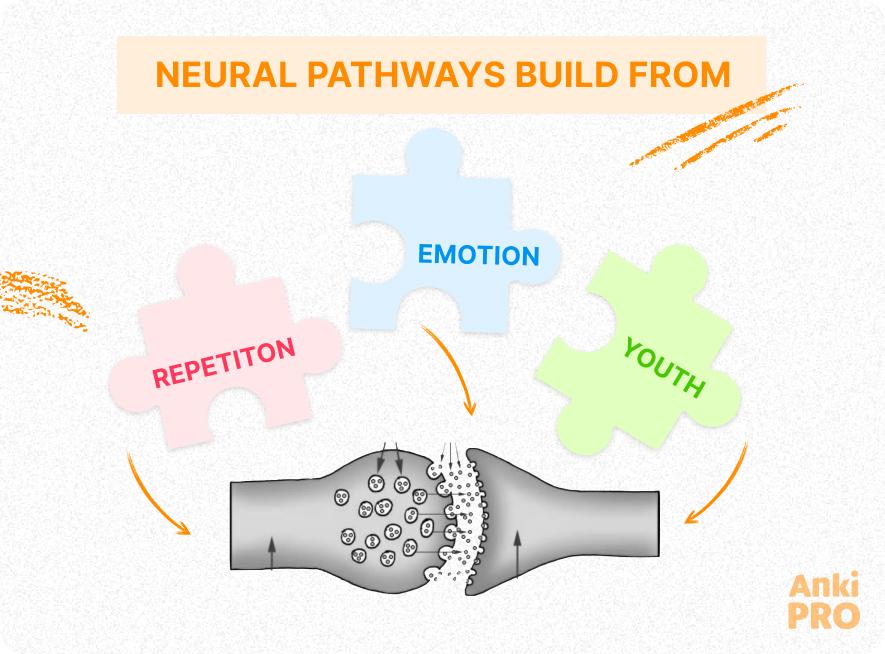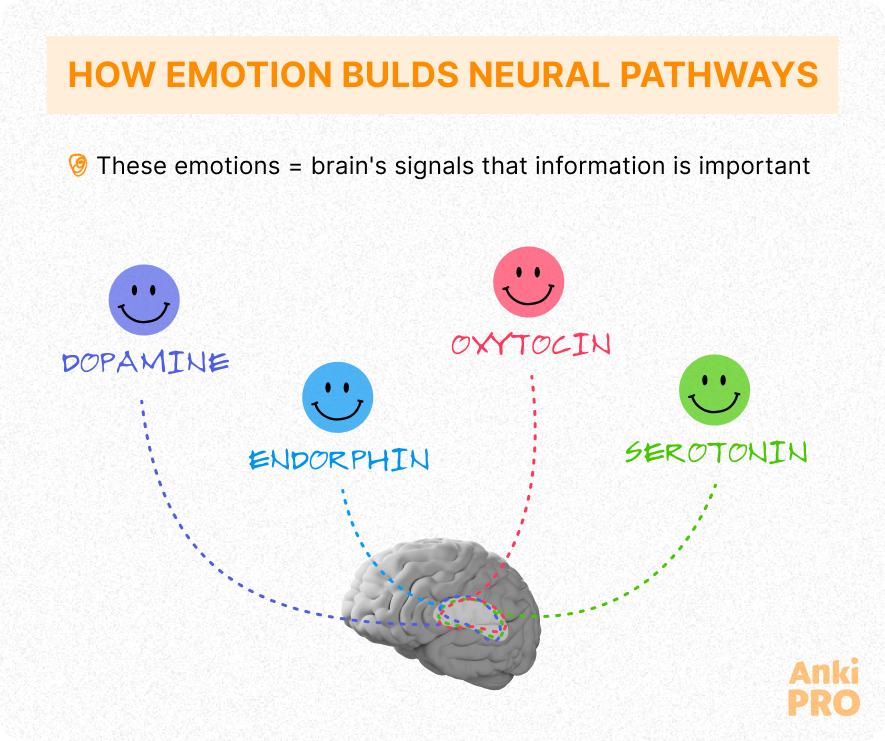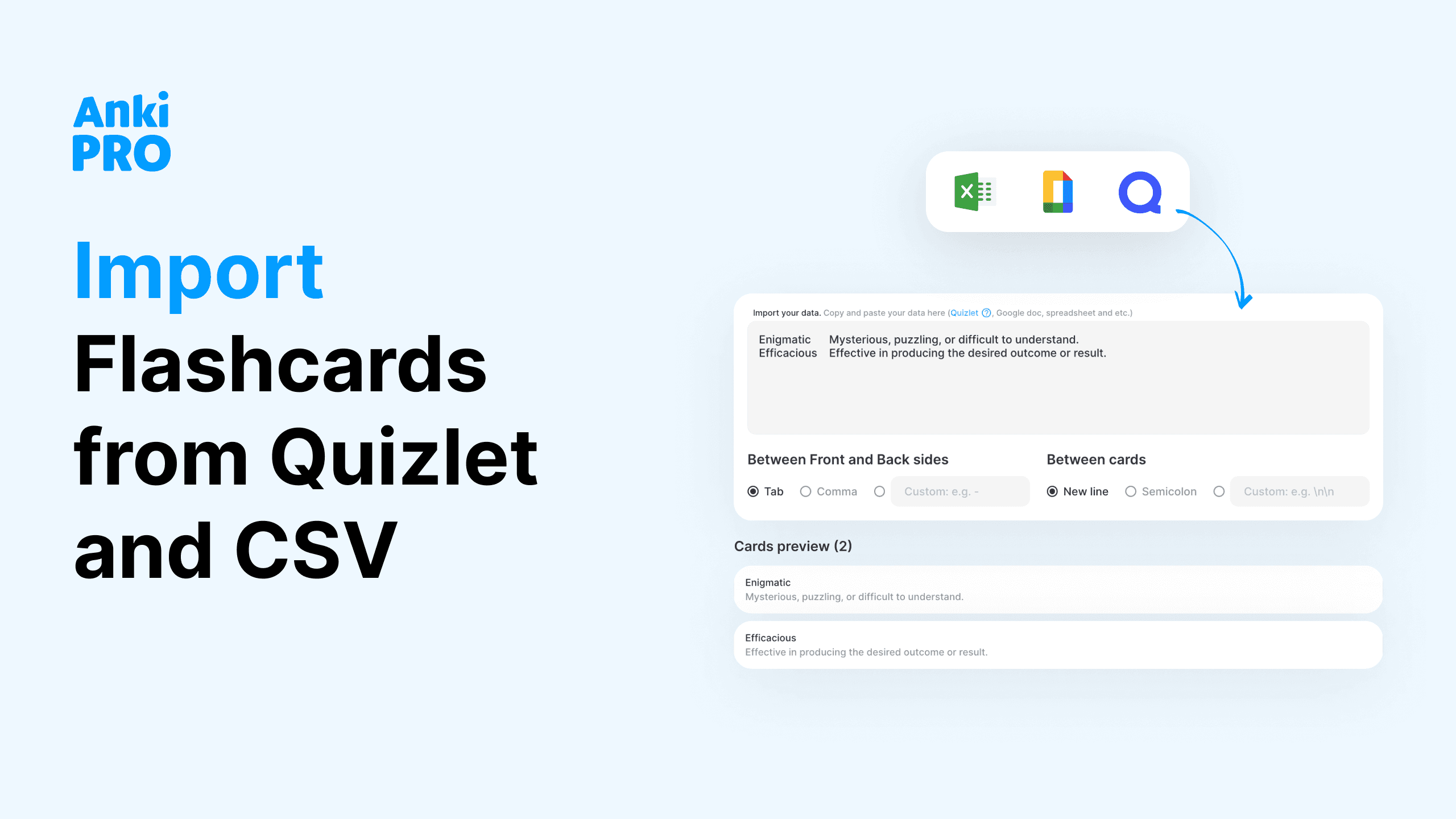We are born with billions of neurons, but very few connections between them. Learning means connecting neurons. You don’t do this consciously, but experience makes real physical changes in your neurons. That allows the electricity in your brain to flow easily into neural pathways shaped by past experience. Thus, you can retrieve relevant experience when needed without consciously knowing how you do it. Read on for Loretta Breuning’s exciting perspective on learning!
Learning as a Natural Human Tendency
Humans are born to learn. A turtle leaves home the minute it’s born because survival skills are hard-wired in its brain. Humans are born helpless and must learn survival skills during an extended childhood. A turtle is born with the knowledge of its ancestors, while humans are born with the ability to learn instead of with specific knowledge.

For example, a baby is not born knowing what a dog is. But in time, it links the sight of a dog with the sound that it makes. It links the sight of a dog from the front with the sight from the back. It links experience with one dog to experience with others, both real-world and two-dimensional experience. And it links this whole cluster to the sound of the word for dog in the language it hears. These neural pathways give meaning to future experience with dogs.
How Your Brain Wires in Knowledge
We are not conscious of building neural pathways or of activating them. But it’s easier to build new knowledge when you know how you build them.
Our brain has three major tools for building neural pathways: repetition, emotion, and a secret sauce called myelin. Here’s a close look at each.
Myelin is a fatty substance that coats neurons the way insulation coats a wire. This allows electricity to flow up to a hundred times faster, which gives you the feeling that you know what is going on. Whatever you do with the myelinated pathway feels natural and easy. We have a lot of myelin before age eight and during puberty, and that’s why a child is said to be “like a sponge.” In adulthood, we rely on the neural network we myelinated in youth because our electricity just flows there.

Of course, early learning can never be a perfect guide to adult life, so the other two tools are essential. But before we move on, let’s honor our myelinated pathways. You may think it’s somehow shameful to run on old pathways. You may think you’ve deleted your childhood experience and learned everything after you left home. But that’s just not how your brain works. Millions of years of evolution allowed us to wire up in youth instead of being pre-wired for a single ecological niche. We are not designed to delete the neural network we built in youth. We are designed to use it.
Our second brain-wiring tool is equally hard to accept. Emotion is often viewed as an impediment rather than a learning tool, so it’s important to know the biology. Emotions are chemicals that act like paving on your neural pathways. Both positive and negative emotions evolved to alert your brain to information relevant to survival. For example, our hunter-gatherer ancestors were thrilled when they found food. Happy chemicals are released when a need is met, and this connects all the neural pathways active at the moment. This wires the brain to notice opportunities to meet a need more quickly in the future. Without effort or intent, the brain wires itself to learn from the pleasure of meeting a need.

What About Negative Emotions?
Negative emotions work in the same way.
Imagine a hunter-gatherer expecting to find water on the other side of a hill, only to find a dried-up waterhole after the long climb. Unhappy chemicals surge, and connect all the neurons active at that moment. This equips the forager to avoid a similar mistake in the future. Emotions enable our brain to learn from experience without conscious effort.
Emotions are not a perfect guide to meeting your needs in the long run, of course, so our third learning tool is very important. But before we move on, let’s pause to recognize the role of emotions in the neural networks we have. Each of us is wired to feel good about things linked to meeting our needs in the past, and feel threatened by obstacles to meeting needs in our past. Since we’re not aware of our neural pathways, our conscious verbal brain looks for good explanations for these emotions. Emotion seems flawed, so we find explanations that make us look good.
For example, let’s say your parents rewarded you with a trip to the park after you did your homework. The positive expectation of the park triggered positive feelings about your homework. This wired you to prepare for tests, and good results triggered more positive feelings about preparing. Today, you might explain your habit of being prepared with terms like “curiosity” or “teamwork” because it seems foolish to think you’re motivated by extrinsic rewards in your childhood.
The opposite story is all too familiar. Let’s say you refused to do your homework and did poorly on a test. Now imagine that your parents feel sorry for you, so they take you to the park to cheer your up. The good feeling of the park gets linked to refusing homework, which makes it easier to refuse in the future. Your brain is wired to expect a good outcome from this choice, despite the disappointing results. When things go badly, you point fingers of blame in many directions without noticing the way you’re wired by past experience.

New Language, New Neurons
For example, let’s say you want to learn a foreign language for an upcoming trip…
Step 1: Honor Your Myelinated Pathways
If your myelin years are over, you accept that you are not a sponge. So you build on your early pathways to the extent possible. For example, when your language study talks of pronouns and adjectives and tenses, you comprehend these abstractions with myelinated pathways built in youth. Even if you didn’t study grammar, your native language is the platform that later languages are built on. Even if you study a computer language, your abstract logic rests on old myelinated pathways. So instead of finding fault with the brain you have, you find your strengths and build on them.
Step 2: Make Good Use of Emotion
You spark positive expectations by rewarding yourself for a certain number of repetitions. You plan small rewards for small repetition sessions instead of promising yourself a huge reward for a huge achievement. Our brain needs to see the goal getting closer in order to release the happy chemicals. If you set the goal too far away, you may not spark the pleasure that prompts action. Animal trainers use tiny rewards for tiny steps, and that works for humans too.
You learn to manage negative emotions because they’re a key tool of our brain. Stress chemicals are released whenever a reward is less than expected. You don’t consciously intend to think this, but our brain is designed to seek the best reward for its effort. When results disappoint, your brain alerts you with stress chemicals. So if you expect to learn a new skill fast and it’s not happening, stress chemicals will trigger a bad feeling about the project. You are better off creating realistic expectations. When bad feelings come, thank your brain for trying to help you avoid wasting effort, and then create realistic expectations to focus on.

Step 3: Use Repetition Effectively
You vary your repetitions and your rewards because variety gets your brain’s attention. Varying your repetitions helps you connect new information to the circuits you already have. Varying your rewards makes them more rewarding, which helps you avoid the temptation of unhealthy rewards. You write your goals and rewards in a calendar so you don’t cheat. You can use rewards in moderation by planning a variety of small rewards for small accomplishments.
A great example of effective repetition comes from the world of music. Let’s say you’re learning to play a piece of music and you make a mistake at the same spot every time. You start over each time, and your stress chemicals surge after a few tries. Research shows that successful musicians start at the trouble spot rather than the beginning. Then they play extremely slowly so they get it right. Then they repeat over and over at slow speed. This feeds their brain with the experience of getting it right, which builds the desired connections. You only wire in wrong connections if you keep playing fast from the beginning.
Another powerful example is the learning method of spaced repetition. Particularly, Anki Pro makes it easy to remember anything by scheduling smart review sessions. With prolonged use, you truly understand why the Romans referred to repetition as the mother of learning.
Your Power Over Your Brain
Our brain learns whatever we feed it repeatedly. We can carefully observe what we are feeding it. We can make conscious decisions about what we feed it, and use rewards consciously, so we wire in the learning we want instead of learning that we don’t want.











